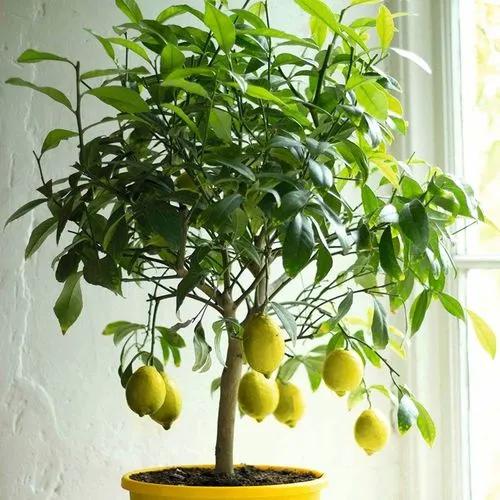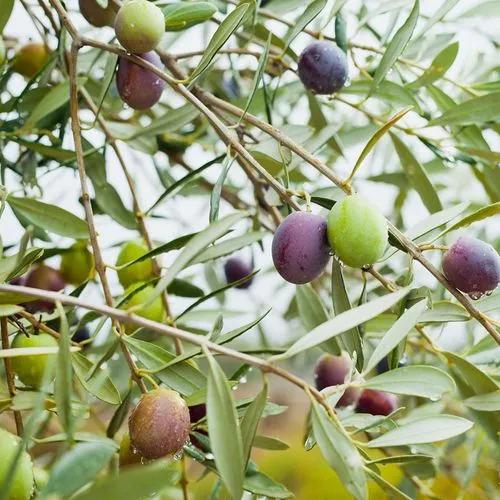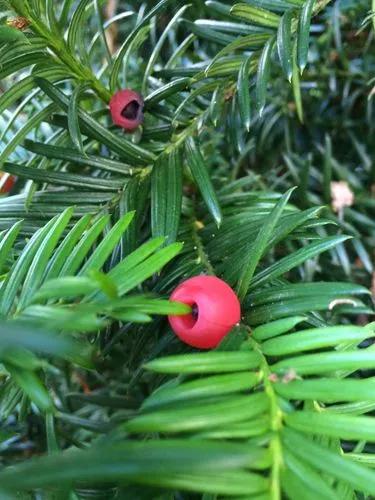Musa × paradisiaca is the accepted name for the hybrid between Musa acuminata and Musa balbisiana. Most cultivated bananas and plantains are triploid cultivars either of this hybrid or of M. acuminata alone.
Variegated Banana Plant Care
musa aeae
Other names: Musa × Paradisiaca 'ae Ae', Royal Variegated Banana, Variegated Hawaiian Banana, Sacred Banana, Ae Ae Hybrid Plantain Banana, Musa Ae Ae, Musa Acuminata × Balbisiana 'ae Ae'



How to Care for the Plant

Water

These are thirsty plants, so you will need to water regularly. Water when the top 4-5cm of the soil has become slightly dry.

Pruning

The best time to prune a banana tree is during the active growing season and after it bears fruit. You do not want to prune the mother plant before it produces bananas.

Fertilizer

To have good fruiting and healthy fruit trees, banana plants need full sun, organic matter, and lots of fertilizer as they are heavy feeders. Banana fertilizer requirements need to include a high amount of NPK, i.e., Nitrogen, Phosphorus, and Potassium. Whether you’re growing Cavendish bananas or Musa acuminate, the plant needs a lot of nourishment to produce a high number of bananas. For this, you need to feed it regularly. A balanced fertilizer formula makes an excellent banana fertilizer and can be used regularly. This provides the plant with a sufficient amount of all the necessary micro and secondary nutrients needed.

Sunlight

Banana plants need plenty of bright light. Plant delivery service Bloomscape recommends a south-facing window and a minimum of 4-6 hours of full sunlight per day. You can also keep them outdoors during summer.

Soil

Banana trees prefer a slightly acid soil with a pH of 5.5 to 6.5. Due to the amount and size of their foliage, banana trees are very heavy feeders.

Propagation

The easiest way to propagate the banana plant is by division. Carefully remove the plant from the pot and see if the banana pup already has the roots. If it does, cut the baby plant from the mother stem as close as possible. If necessary, separate the roots as well. Then, let the plant dry for a day and plant the banana pup in the new pot.

Temperature

Banana trees (even the cold tolerant ones) prefer warm humid temperatures for maximum growth. They grow fastest when the daytime highs are 80°F to 95°F (27°C to 35°C). Growth will slow drastically below 57°F (14°C).

Container

Bananas are top-heavy plants with fleshy stalks and large leaves clustering at the top. A tall, deep pot is going to provide more support than a shallow pot because it will provide more weight at the bottom to offset the top leaves. Look for pots that are at least as tall as the diameter of the opening.

Popularity

173 people already have this plant 78 people have added this plant to their wishlists

Common pests

Common pests include nematodes, mealybugs, aphids, spider mites, scales, thrips, and other pests in the leaves' undersides and cubbyholes. Use insecticidal soap, horticultural oil, or neem oil to fight those.

Frequent diseases

Common diseases include root rot, leaf-spot disease, botrytis, Fusarium wilt, southern blight, and others. Each requires different treatment, so make sure to identify your problem correctly.

Botanist’s tips

- If the cuttings become limp when you’ve planted a new banana plant, don’t worry – it’s the plant’s way of taking care of itself!
- Banana plants grow best when planted in groups close together.
Discover more plants with the list below
Popular articles






